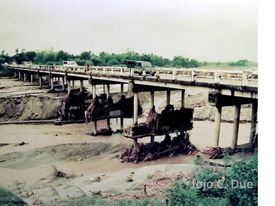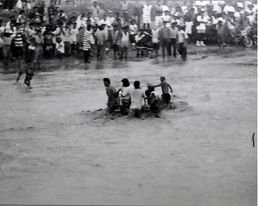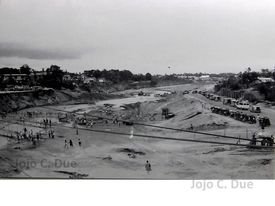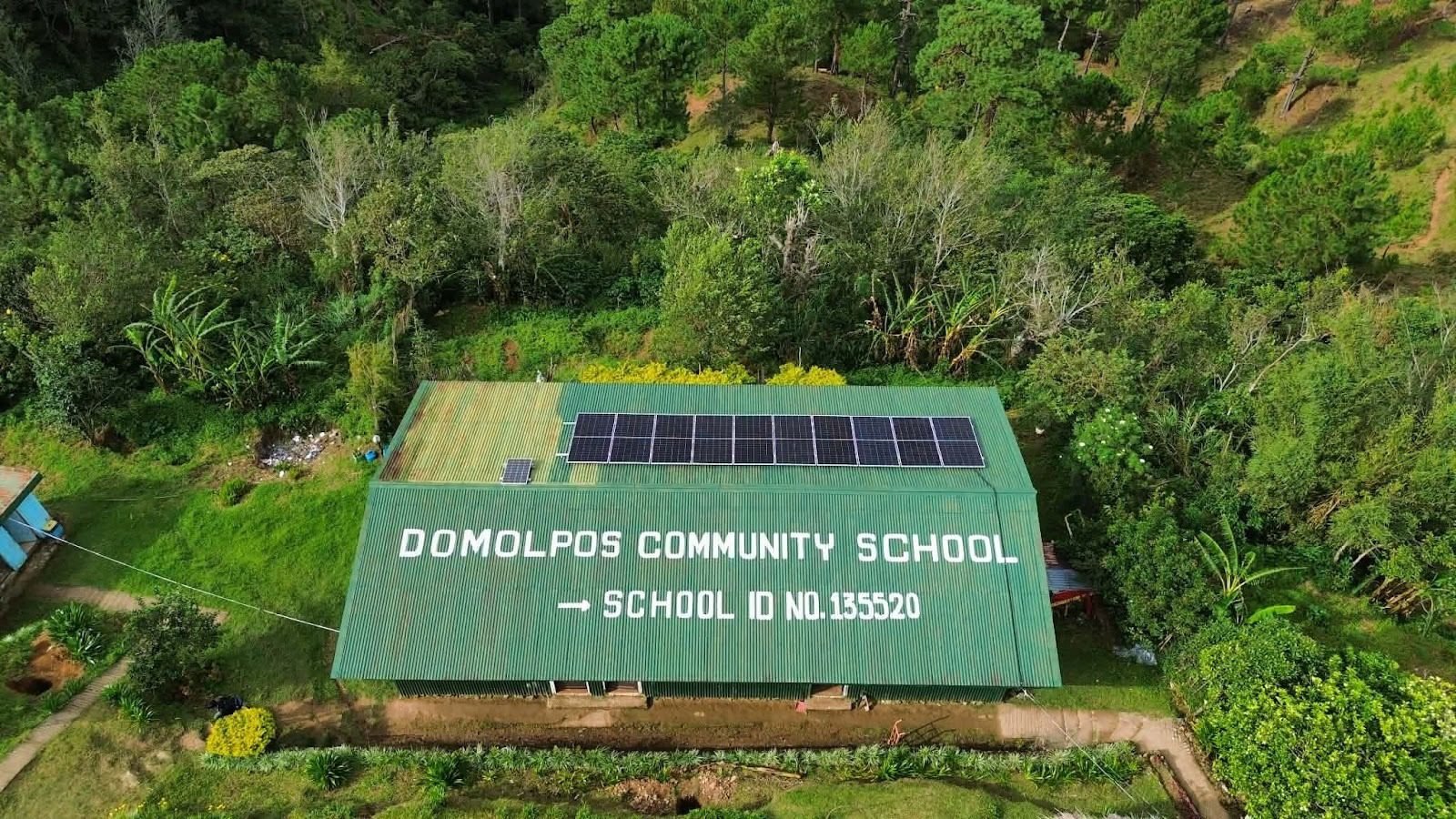Pinatubo: A photo essay
Thirty-one years ago, the second largest volcanic event of the 20th century transpired in the Island of Luzon in the Philippines.
Mount Pinatubo, one of the peaks in the Zambales Mountain Range in western Central Luzon and unbeknownst to many was a volcano, suddenly erupted on June 15, 1991 after a 600-year slumber.

The volcano unleashed its wrath upon Central Luzon, sending tons of ash and tephra more than 25 kilometers into the air and devastating the nearby provinces of Pampanga, Zambales and Tarlac.



Despite the volcano calming down following the Big Bang, the aftermath of the cataclysmic event was felt even years later as the ash deposited on the slopes of the mountain range would eventually be washed down by rains resulting in mudflows that subsequently became known as “lahar” flows that buried villages and claimed lives.

Here are some photographs taken by the author of the effects of the Pinatubo episode a few months after the Big Bang in Angeles City and three years later in Bacolor, Pampanga.

(The author took the photos as a correspondent for the daily newspaper TODAY. Some of these photos have not yet been published. Until today.
He started as a photojournalist with The Angeles Sun, moved on to be a correspondent for TODAY, became a Photo and News Editor for Pampanga News, and is now News Editor of The Voice Newsweekly.
He is said to be one of the first, if not the first, photojournalist to scale the volcano to its crater with the help of his friend Guy Indra Hilbero in April 1995.
He is a recipient of a Certificate of Recognition from the Provincial Government of Pampanga and the Executive Committee for the Commemoration of the 25th Anniversary of the Mt. Pinatubo Eruption on June 15, 2016 “as an expression of the Kapampangan’s deepest gratitude and highest tribute to the invaluable contribution, empowering support and inspiring effort to the collective struggle that saved Pampanga from the devastating effects of the Mt. Pinatubo eruption in 1991 and the ensuing disasters that put the province and its people at great risk.)














